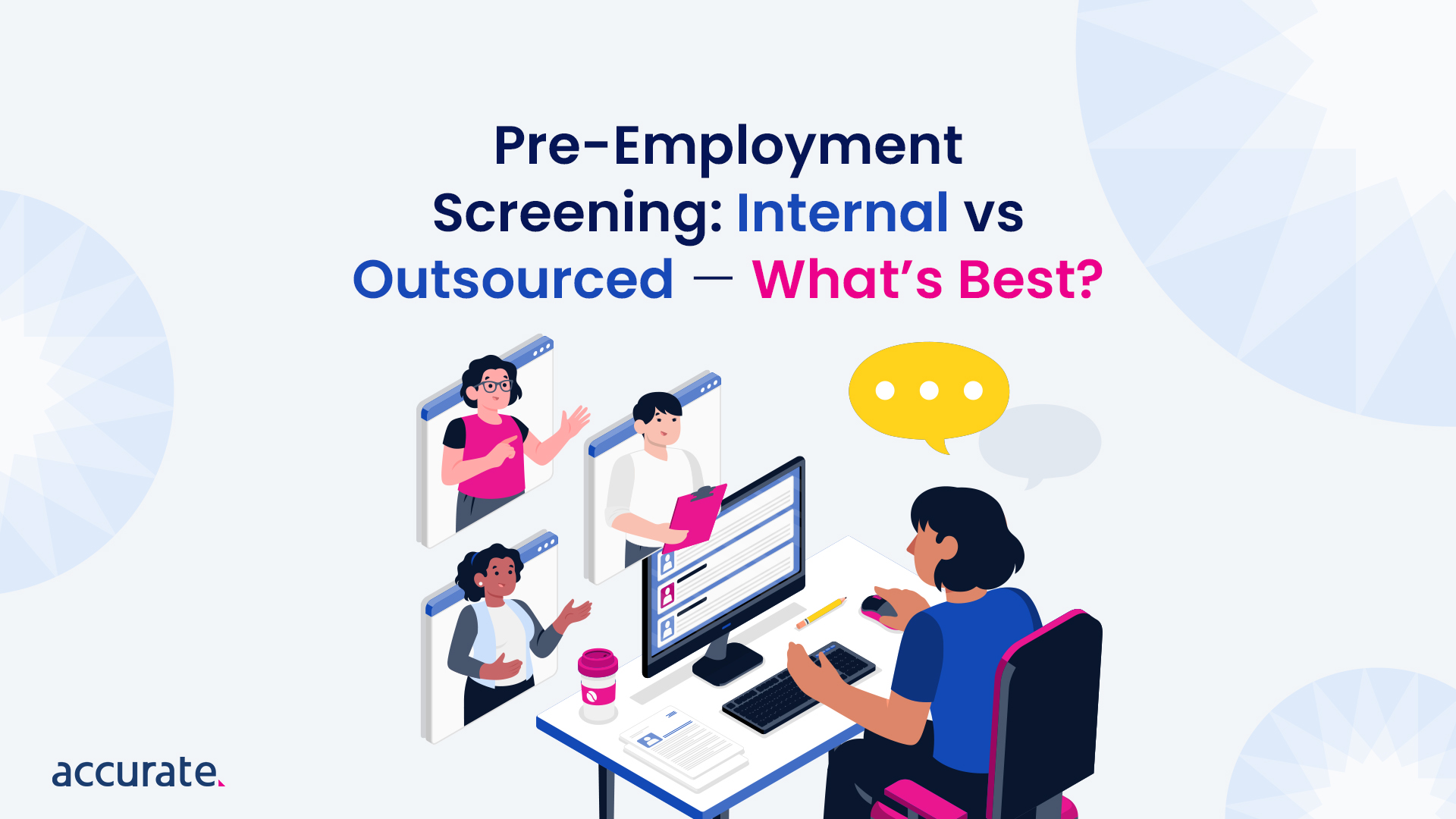Cybersecurity has become a top priority for many businesses due to the growing frequency and sophistication of cyber attacks, as well as the increasing value of the data that companies regularly store and process.
Business leaders understand that a successful cyber attack can result in significant financial losses, harm their reputation, and have severe legal consequences. As such, cybersecurity is now considered a critical component of overall business planning, with companies taking proactive measures to mitigate potential risks and prevent data breaches.
This can include implementing security policies and procedures, conducting regular security assessments and penetration testing, and investing in advanced, customisable technologies.
One frequently overlooked component of good cyber security, however, is human involvement. It doesn’t help to have sophisticated technology and risk mitigation plans if you don’t have adequate personnel security methods in place.
Internal threats can be just as damaging as external threats.
It’s important to put training and systems in place to ensure those with access to your company’s sensitive information from misusing or abusing it, such as through theft of confidential data, or unintentionally causing a breach, such as falling victim to a phishing scam.
So, how can you ensure that your personnel security is as efficient as your cyber security?
Let’s take a look.
Cyber Security Awareness Training
Cybersecurity awareness training is vital to protecting a company from external and internal threats. Employee education on the importance of cybersecurity and proper handling of sensitive information can help reduce the risk of data breaches and minimise the impact of security incidents.
Your training programme should cover topics such as:
- identifying and avoiding phishing scams,
- properly handling sensitive information, and
- understanding the risks of using personal devices for work purposes.
And according to the Australian Cyber Security Centre, effective cyber security awareness training should be interactive, engaging, and tailored to the specific needs and responsibilities of your team.
Providing this type of training will equip your employees with the knowledge and skills necessary to play a proactive role in defending the company against cyber threats.
Being Aware of Business Email Compromise As a Form of Financial Fraud
Business email fraud, also known as “business email compromise”, is a type of financial fraud that targets organisations through phishing or social engineering tactics. Email fraud attacks trick employees into sending sensitive information or money to the attacker, often disguised as a trusted source, such as a senior executive or supplier.
Social engineering tactics are designed to trick individuals into giving away sensitive information or making unauthorised payments, so you need to train them on how to identify the warning signs. Then, if they know what to look for, you can empower them to be vigilant and proactive in protecting your company’s information and assets.
Examples of warning signs include:
- Unexpected requests for banking details changes
- Urgent payment requests
- Unusual payment requests from a person in a position of authority
- Requests for immediate action or pressure for secrecy
- Requests to circumvent normal business processes and procedures
- Misspelt or otherwise suspicious email addresses or domains
There are several steps you can take to mitigate email compromises, including:
- Strong passwords and two-factor authentication
- Email security solutions
- Email filtering
- Data backup and recovery
- Monitoring and reporting strategies
- Developing an incident response plan
But educating your staff on the warning signs of email fraud is one of the most effective strategies for protecting your business from cyber-attacks.
Avoid Posting Your Organisation’s Information on Internet Forums and Social Media
Posting sensitive organisational information on internet forums or social media can have harmful outcomes, including exposure of valuable data, reputational damage, and heightened cyber attack risks.
To mitigate these risks, employees should refrain from sharing details such as organisational structure, client data, internal processes, and confidential information on public forums or social media. In addition, employees must follow the company’s data protection policies and use secure communication channels to protect sensitive information.
Preventing the posting of sensitive information on public forums and social media protects the organisation’s reputation and reduces the risk of data breaches.
Have Strict Policies Around Sending and Receiving Files Online
Strict policies regarding sending and receiving files online are crucial for maintaining the security of sensitive information. Organisations should have clear guidelines for employees on what files can be shared and the appropriate methods for sharing them.
Training employees to recognise and avoid phishing scams, utilising secure file-sharing platforms, and encrypting sensitive information before sending it can enhance security. Monitoring email traffic and file-sharing platforms for unusual or malicious activity is also important.
Through strict policies and procedures, organisations can minimise the risk of data breaches and ensure the secure transfer of sensitive information.
Screen Your Personnel Before Hiring Them
While a lot of the human element of cyber attacks is the unintentional misuse or distribution of information, in some cases, it results from fraudulent behaviour. And the only way you can mitigate this risk is by ensuring that you’re completing appropriate background screening on the staff you hire within your organisation.
Screening potential employees before hiring can help you identify any red flags or potential security risks, including background checks, reference checks, and credential verification. Conducting security clearances for employees with access to sensitive information or systems is also important.
For example, the Australian government has minimum security requirements for Commonwealth organisations with access to certain sensitive information and assets. These requirements are contained in a set of policy and guidance documents called the Protective Security Policy Framework (PSPF).
You might be interested in reading our guide on How to Understand the PSPF and become a DISP Member.
Beyond this, Standards Australia has published an intended to help organisations build a workable framework for pre-employment screening known as the Workforce Screening Standard AS 4811:2022, with which we strongly recommend you familiarise yourself.
There are also specific screening requirements that are mandatory in certain sectors. For example, financial and insurance service staff usually undergo Anti-Money Laundering (AML), bankruptcy, and AFS Licensees’ Register checks.
If you would like to know more about background screening policies, get in touch with Accurate Background.
Key Takeaways
Good cyber security practices protect sensitive information and ensure business continuity. However, it is equally important to consider personnel security as part of the overall security strategy.
Implementing robust personnel security measures and regularly evaluating and updating them can dramatically reduce the risk of a cyber attack and secure an organisation’s data and systems.
Pre-employment screening can also play a crucial role by helping organisations assess the potential risk of new hires and mitigating it before any harm is done. At Accurate Background, we are committed to providing the information you need to make informed hiring decisions, so you can focus on growing your business.
Contact us today to learn more about how we can help you ensure the safety and security of your organisation.



